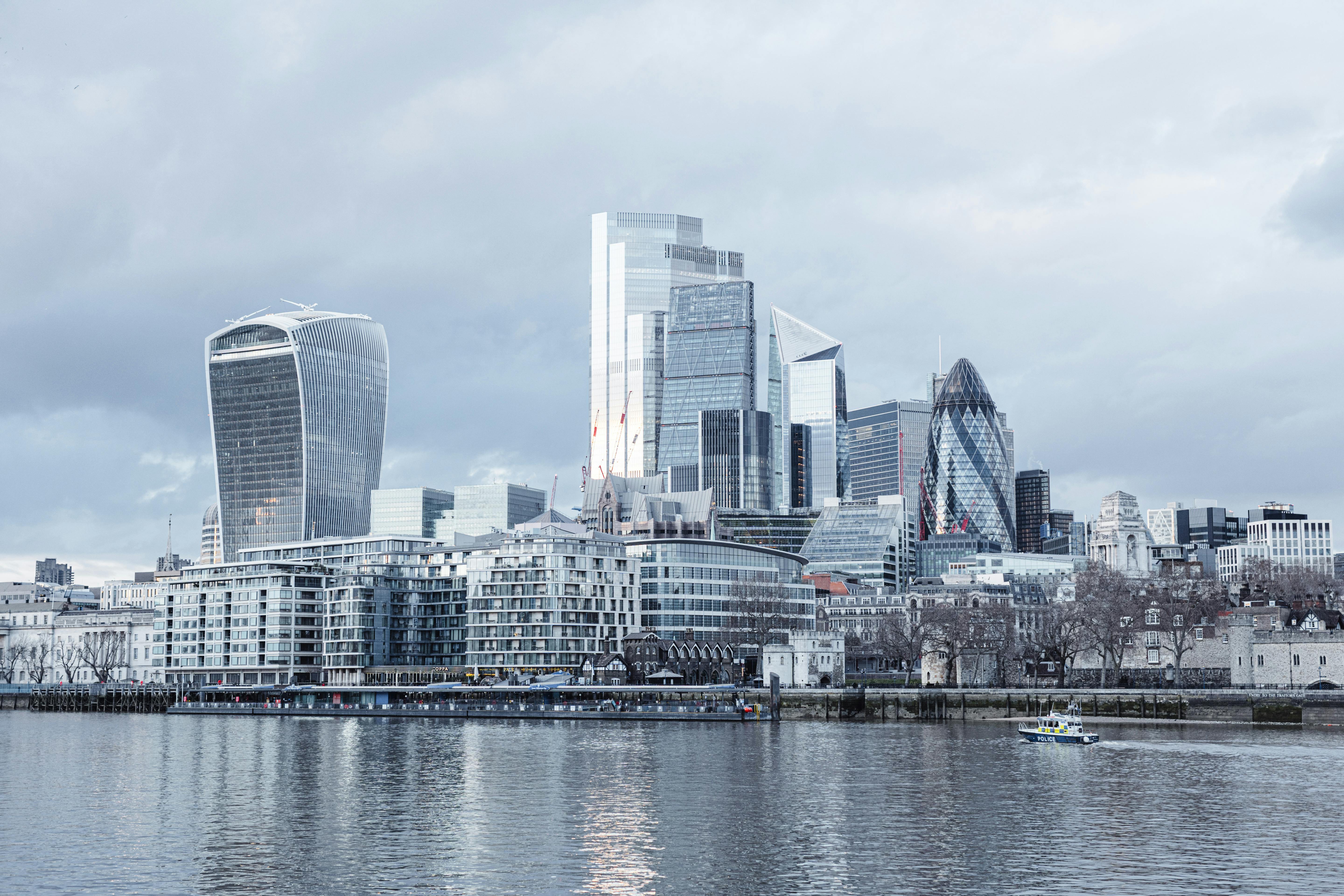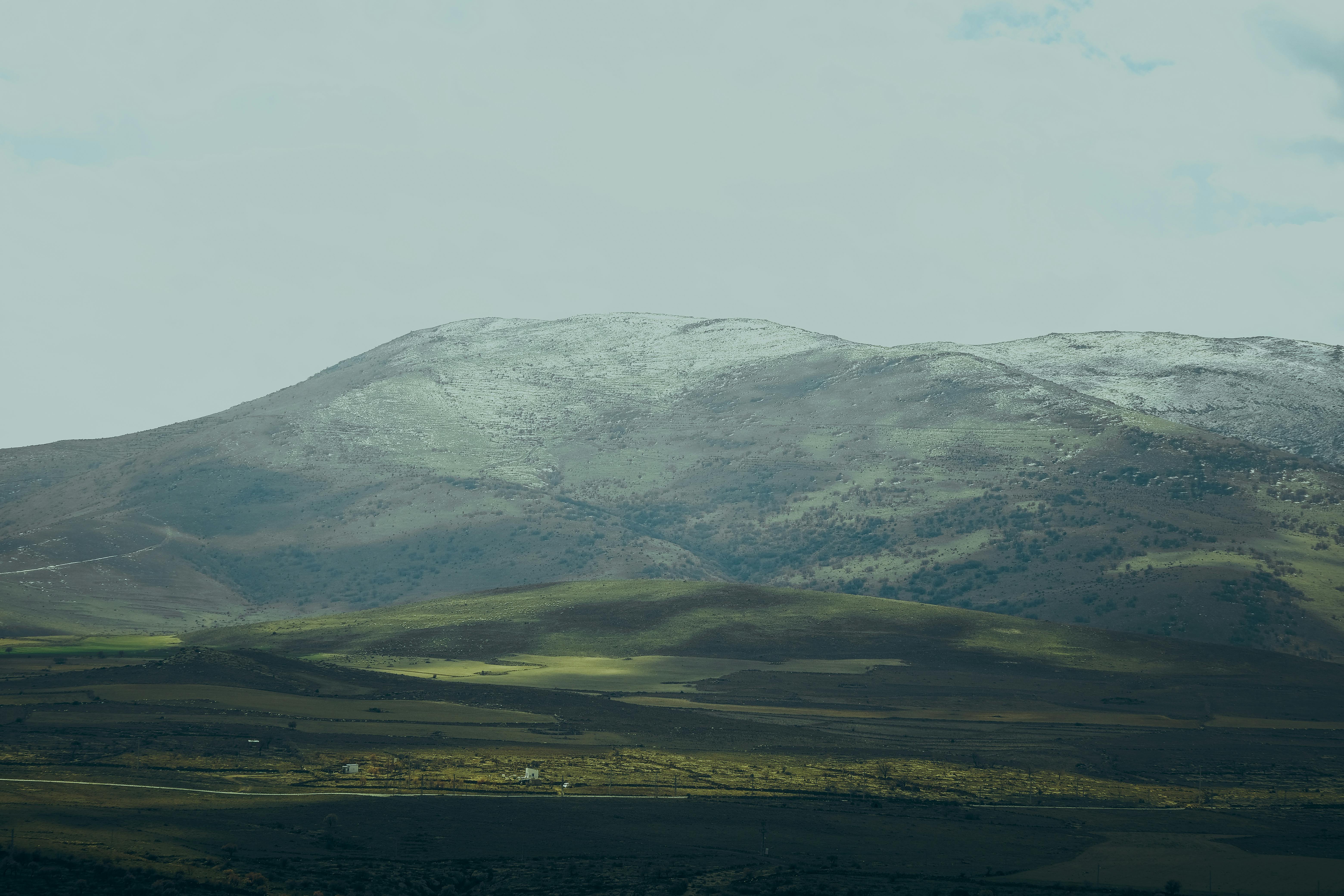30 milliliters (ml) of water is a common measurement used in many recipes and household tasks. It is also used in medicine, science, and other applications. This article will explain how much 30 ml of water weighs, how many teaspoons it contains, and other measurements related to this quantity of liquid.30 milliliters of water is equal to 30 cubic centimeters or 0.012 of a US liquid pint.
What Is the Volume of 30 Milliliters of Water?
The volume of 30 milliliters of water is equal to 0.03 liters. This measurement is commonly used to measure small amounts of fluids, such as medicine or cooking ingredients. The volume of water in a milliliter is equivalent to the volume of a cube with sides that measure one millimeter each. To put this into perspective, one milliliter is equal to one cubic centimeter, which means that 30 milliliters would be equal to 30 cubic centimeters.
Since a liter is equal to 1000 cubic centimeters, 30 milliliters would be equal to 0.03 liters. To convert from milliliters to liters, simply divide the number of milliliters by 1000. For example, if you had 60 milliliters (60 mL), divide 60 by 1000 to get 0.06 liters (L).
In addition to being used in cooking and medicine, this measurement is also commonly used when measuring beverages such as beer and wine. A standard can or bottle typically contains 330 mL of liquid, which is equal to 0.33 liters. A 750 mL bottle of wine contains 0.75 liters and a pint glass contains 568 mL or 0.568 liters.
Knowing how many liters are in a certain amount of milliliters can be useful for accurately measuring liquids when cooking or baking recipes that call for specific measurements of ingredients like oil or vinegar. It can also help you determine how much liquid you’re consuming when drinking beverages like beer and wine so you can stay within your daily recommended intake limits for alcohol consumption if need be.
How Many Cups of Water Is 30 Milliliters?
30 milliliters is equal to 1.01 fluid ounces, which is equivalent to 0.13 cups of water. One cup of water is equal to about 236.59 milliliters, so 30 milliliters is much less than a cup. To put it into perspective, 30 milliliters would be enough to fill a single shot glass or a small espresso cup.
In the US system of measurement, a single cup of liquid (water or otherwise) is equal to 8 fluid ounces. In metric measurements, that’s about 236.59 milliliters—so 30 milliliters would be about one-eighth the size of a standard cup in the US system. A tablespoon holds 14.8 milliliters, so you can think of it as two tablespoons being equal to one-eighth of a cup.
While it might not seem like much, 30 milliliters can still be useful in certain recipes and kitchen measurements. For example, if you’re making soup and need just the right amount of broth, measuring out exactly 30 milliliters will help you get the flavor just right without wasting too much broth in the process.
In summary, 30 milliliters is equal to 1.01 fluid ounces or 0.13 cups in US measurements. This is enough for one shot glass or espresso cup but not quite enough for a full cup in the US system—which is 8 fluid ounces or 236.59 millilitres.

How Many Liters Are in 30 Milliliters?
One milliliter is equal to 0.001 liters, so 30 milliliters would be equal to 0.03 liters. This means that there are 0.03 liters in 30 milliliters. To convert milliliters to liters, you can use the formula of multiplying the number of milliliters by 0.001 or dividing it by 1000.
For example, if you wanted to convert 500 milliliters to liters, you would multiply 500 by 0.001 or divide 500 by 1000, which would give you a result of 0.5 liters. Converting from liters to milliliters is also very easy; simply multiply the number of liters by 1000 or divide it by 0.001 and you will get your answer in milliliters.
The metric system is based on multiples of 10 and is used around the world for scientific measurements and calculations as it makes conversions between different units easy and simple due to its logical structure and consistent measurements across different units of measure. Milliliters are commonly used in recipes, medical dosages, and other applications where precise measurements are required due to their small size and ease of use while still providing an accurate measurement when compared to larger units such as liters or gallons.
Is 30 Milliliters a Significant Amount of Water?
30 milliliters of water is a significant amount of water, though it depends on the context. For example, for an average adult, 30 milliliters of water may not seem like much—it would hardly fill a shot glass. However, for an infant, 30 milliliters is a sizable amount. In fact, the World Health Organization recommends that infants receive at least 30 milliliters of fluids per kilogram body weight each day.
For most people, 30 milliliters is not enough to hydrate the body adequately. The average adult needs to drink approximately 2 liters (8 cups) of fluid per day to remain properly hydrated. However, drinking even small amounts of water can help keep our bodies hydrated and functioning well.
In general, 30 milliliters is not a significant amount of water in comparison to what our bodies require each day to stay healthy and hydrated. But it can still be beneficial in certain contexts and should not be overlooked as an important part of our overall health and wellness routine.
How Much Does 30 Milliliters of Water Weigh?
Measuring the mass of liquid is usually done by weighing the volume on a scale. In the case of water, one milliliter (mL) of water weighs one gram (g). Therefore, 30 mL of water would weigh 30 grams (g). This is true for any type of liquid, including water. However, it should be noted that this does not apply to all liquids as some liquids may have different densities and therefore different weights per volume.
It is also important to note that the weight of a liquid can change depending on its temperature. For example, water becomes less dense when it turns to vapor and becomes lighter. The temperature at which this happens is known as the boiling point, which for water is 100°C (212°F). Therefore, a certain amount of water will weigh less when heated to its boiling point than it does at room temperature.
The density of a liquid can also affect its weight. As previously mentioned, one milliliter of water weighs one gram. But if the same volume contains a denser liquid such as honey or syrup, then it will weigh more than one gram per milliliter.
In conclusion, 30 milliliters (mL) of water weighs 30 grams (g). However, this can change depending on the density and temperature of the liquid.

Conclusion
30 ml of water is a small amount of liquid, but it can be very important in many contexts. For example, it can be used for measuring out ingredients for recipes, for taking medications, or even for providing hydration during an activity. This amount of water also has specific nutritional values associated with it. Knowing how much is 30 ml of water can be useful in various situations.
Overall, 30 ml of water is a relatively small amount that is important in many contexts. It can be used to measure out ingredients and to provide hydration during activities or other events. Furthermore, it has specific nutritional values associated with it that should be taken into consideration when using this amount of water.

